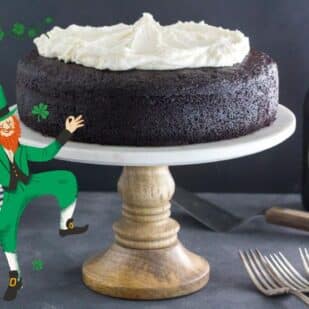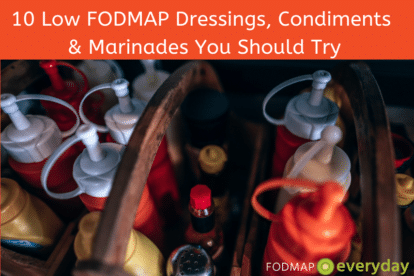Soda, a beverage that dances on the tongues of millions with its fizzy temptation, has become a staple in the global diet. But beneath its refreshing facade lies a concoction that can be quite addictive. Understanding the lure of soda and how to resist it is essential in fostering a healthier lifestyle.
The Allure of the Fizz: A Sensory Experience

The effervescence of soda is the first to greet the senses. The carbonation causes a pleasurable tingling sensation, which can release endorphins, the brain’s feel-good neurotransmitters. This sensory reward is often associated with the refreshing experience soda provides.
Sweetness Overload: Sugar’s Role in Addiction
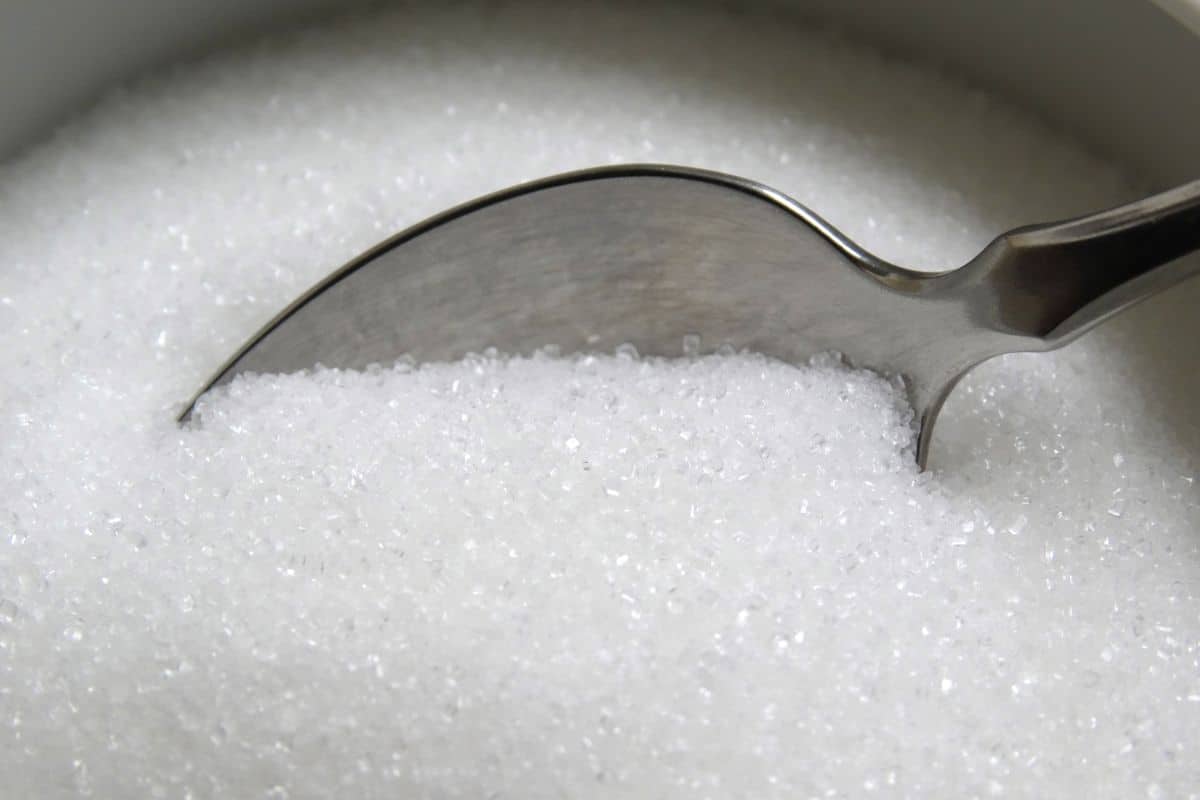
Soda’s high sugar content is a significant contributor to its addictive properties. Sugar stimulates the release of dopamine, a neurotransmitter linked to the pleasure center of the brain, similar to how certain drugs operate. This dopamine rush can lead to a cycle of cravings and dependence.
The Caffeine Kick: Energy and Dependence

Many sodas contain caffeine, a known stimulant that can ward off drowsiness and inject a burst of energy. Regular consumption of caffeine can lead to physical dependence, making soda a hard habit to kick.
The Acidity Factor: A Hidden Hook
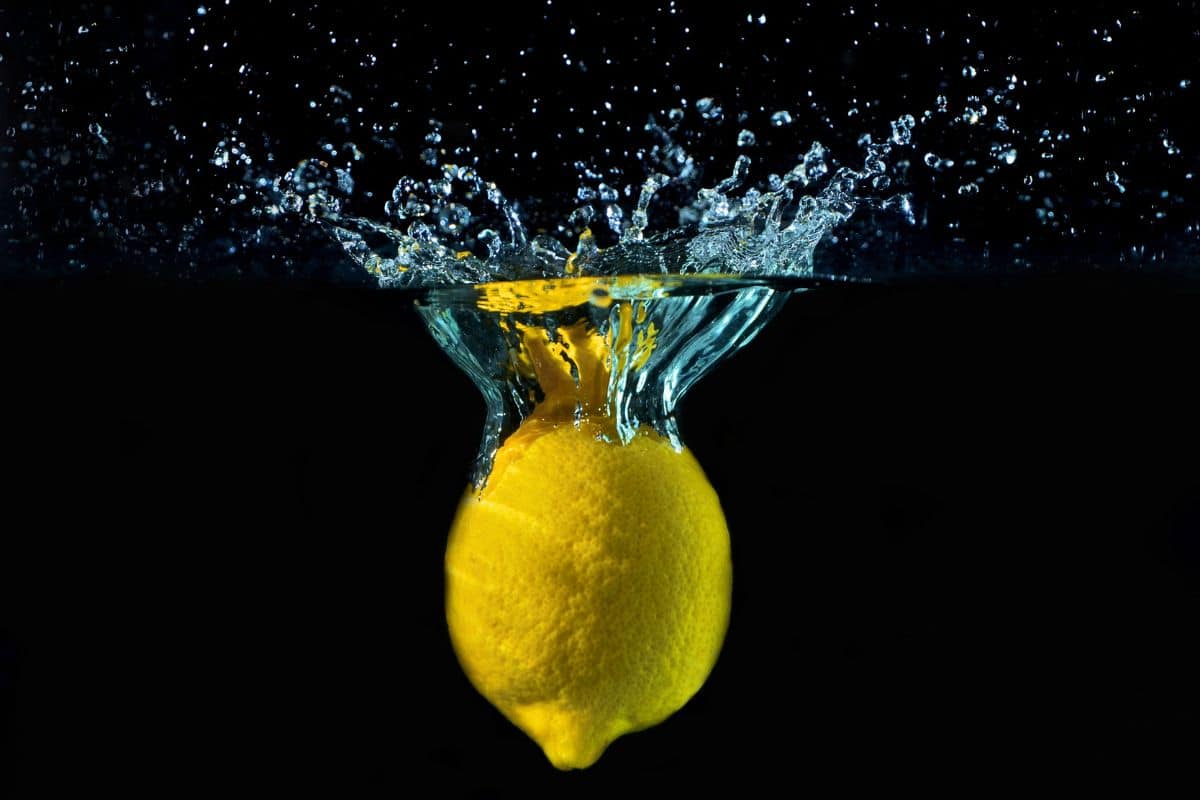
The acidity in soda, often coming from phosphoric acid, not only provides a distinct tanginess but also enhances the drink’s addictive potential. The sharp flavor can become something consumers grow to crave, much like the tang of citrus in other foods.
Marketing Magic: The Psychological Grip
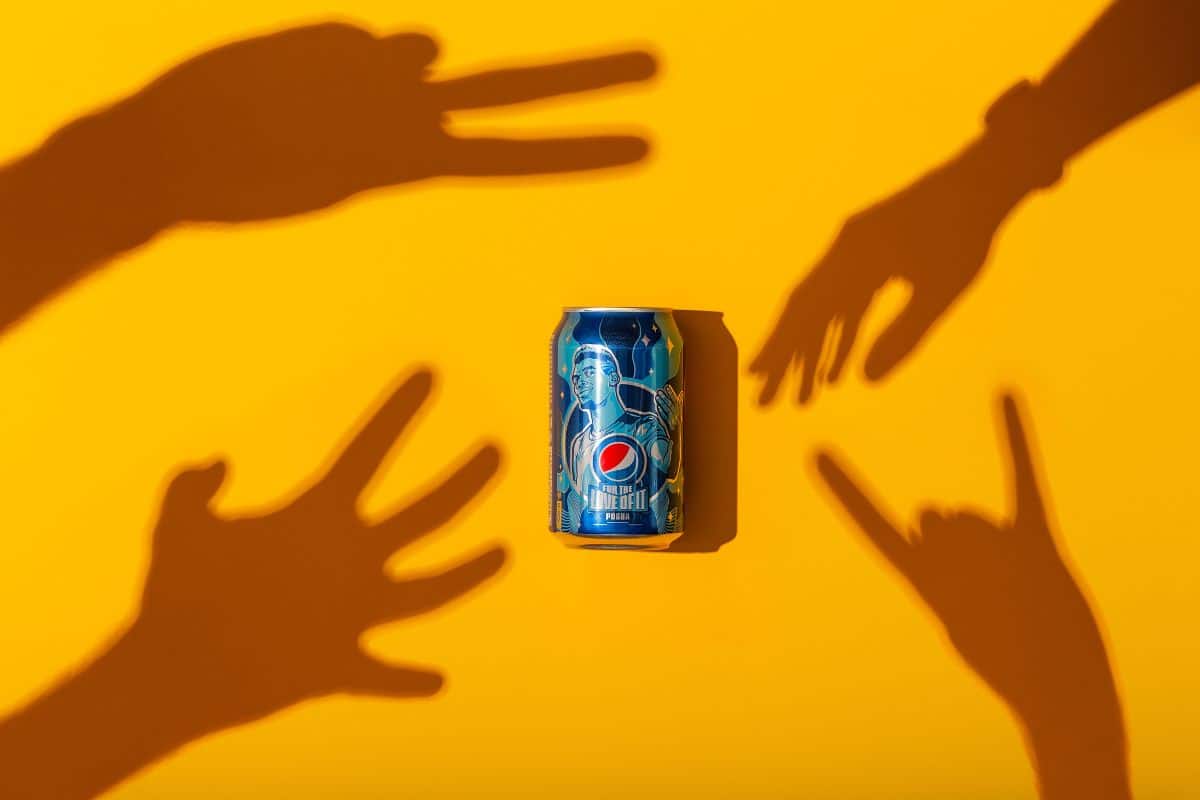
Soda companies invest heavily in marketing, linking their products to positive emotions, social gatherings, and a sense of belonging. This psychological grip plays a role in soda’s addictive nature, as it becomes associated with good times and social bonding.
Breaking the Bubble: Strategies to Quit Soda
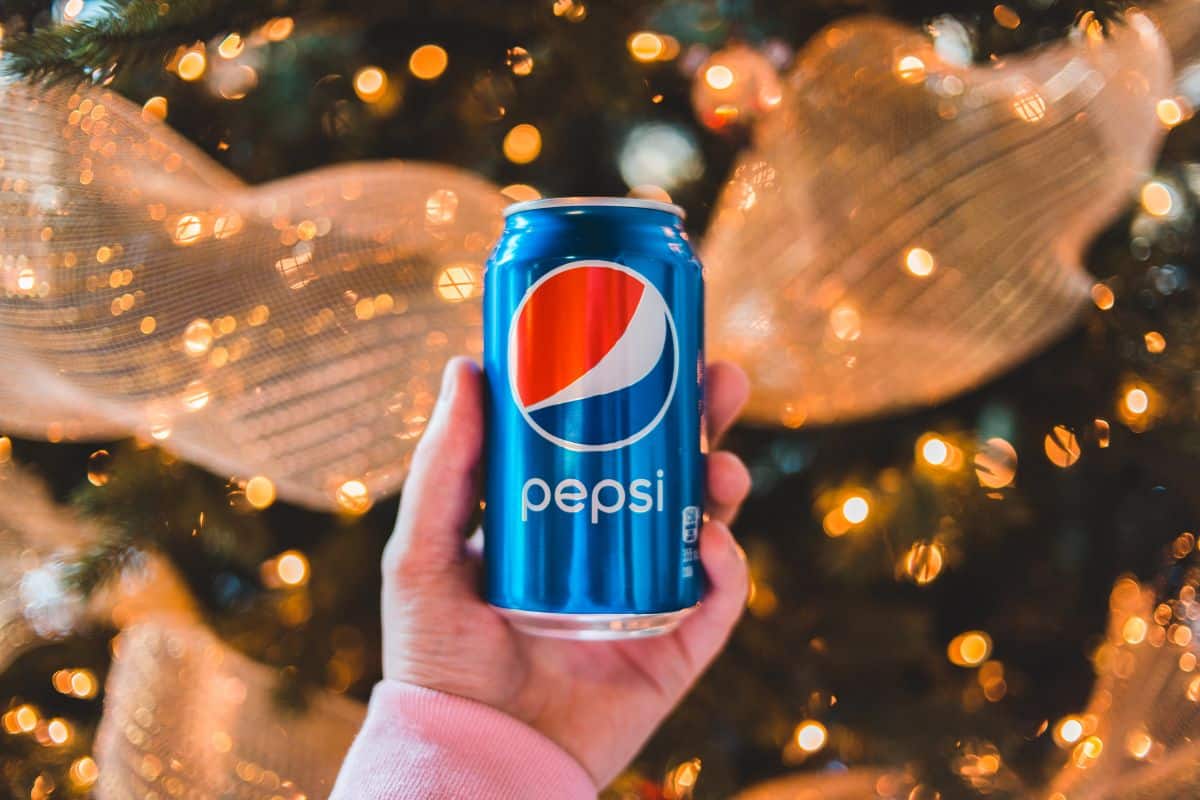
Quitting soda can be challenging, but it is achievable with the right strategies. Here are some methods to help break the cycle:
Understand Your Triggers

Identify the situations that make you reach for a soda. Is it stress, habit, or thirst? Understanding these triggers is the first step in managing them. Read: 5 Easy Steps To Change Any Habit
Gradual Reduction
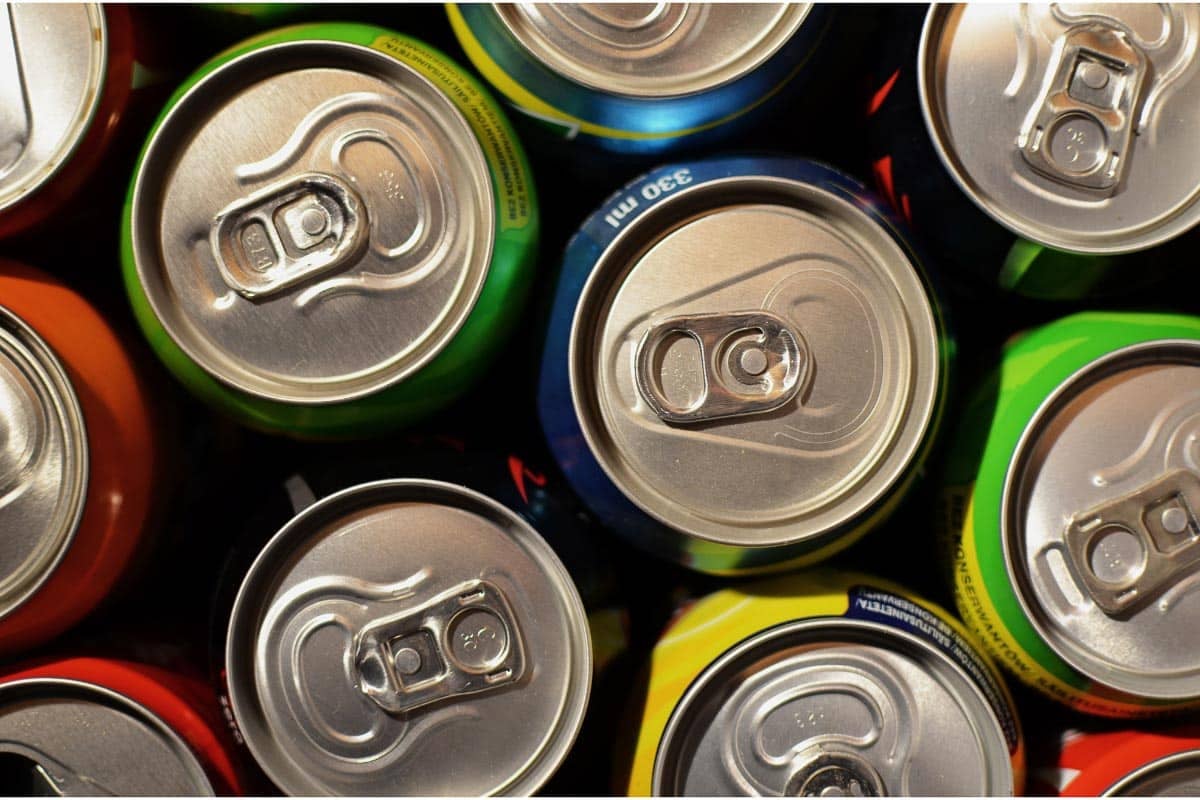
Start by gradually reducing your soda intake. If you drink several sodas a day, cut back to one and substitute the rest with healthier options.
Hydrate Differently

Replace soda with water, herbal teas, or infused water. These alternatives can satisfy your thirst without the addictive additives.
Read the Labels
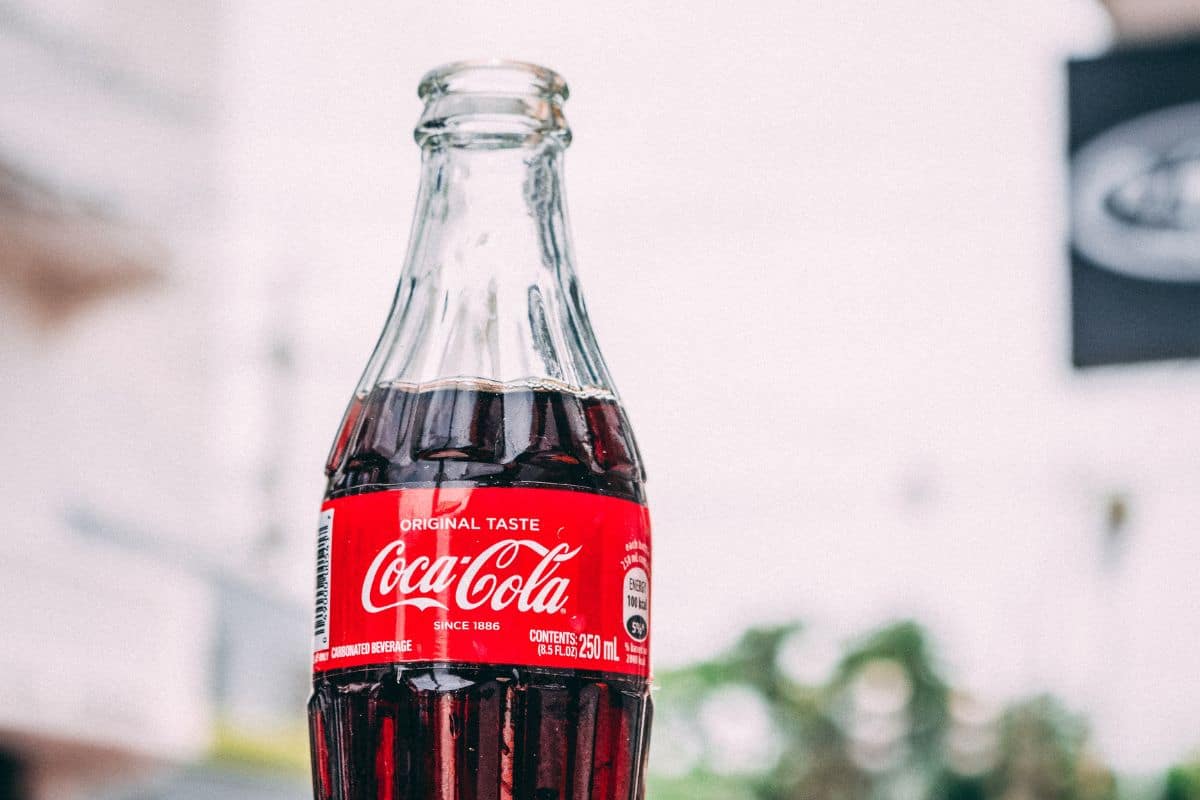
Educate yourself on the contents of your favorite soda. Understanding the health implications can be a powerful motivator to stop.
Seek Support

Let friends and family know about your goal to quit soda. Support can make the transition easier and help you stay accountable.
The Long-Term Benefits of Saying No to Soda

Cutting soda out of your diet can lead to numerous health benefits, including weight loss, improved dental health, and a lower risk of chronic diseases such as diabetes and heart disease.
Conclusion: Fizzing Out the Habit

While soda’s addictive properties can make it a challenging habit to break, understanding the factors that contribute to its allure can empower individuals to make healthier choices. By implementing strategies to reduce intake and finding healthier alternatives, one can successfully overcome the addiction to soda.
Don’t Fall For These 17 Foods That Pretend To Be Healthy

Have you heard the term “Dr. Google”? That’s when you turn to search engines and the Internet to provide health and medical information – and unless you know how to vet sources, it is a mine field of faulty information. Here are 17 foods that you might have heard are “healthy”, but we have the whole story. PS: the moment a food becomes a trend, research carefully. We’re looking at you bulletproof coffee!
Click for Don’t Fall For These 17 Foods That Pretend To Be Healthy
19 Of The World’s Most Overrated Foods

We have foods we love, and those we won’t touch. We all have our own likes and dislikes, but what are the most overrated foods? That was the question posed on this Reddit thread by Even_Cause_3478. There were a lot of opinions. Some made sense to us, and some were things we had never thought of before!
What is the most overrated food in your opinion?
Click for 19 Of The World’s Most Overrated Foods
Ditch the Coffee? How Tea Can Improve Your Sleep and Boost Energy!
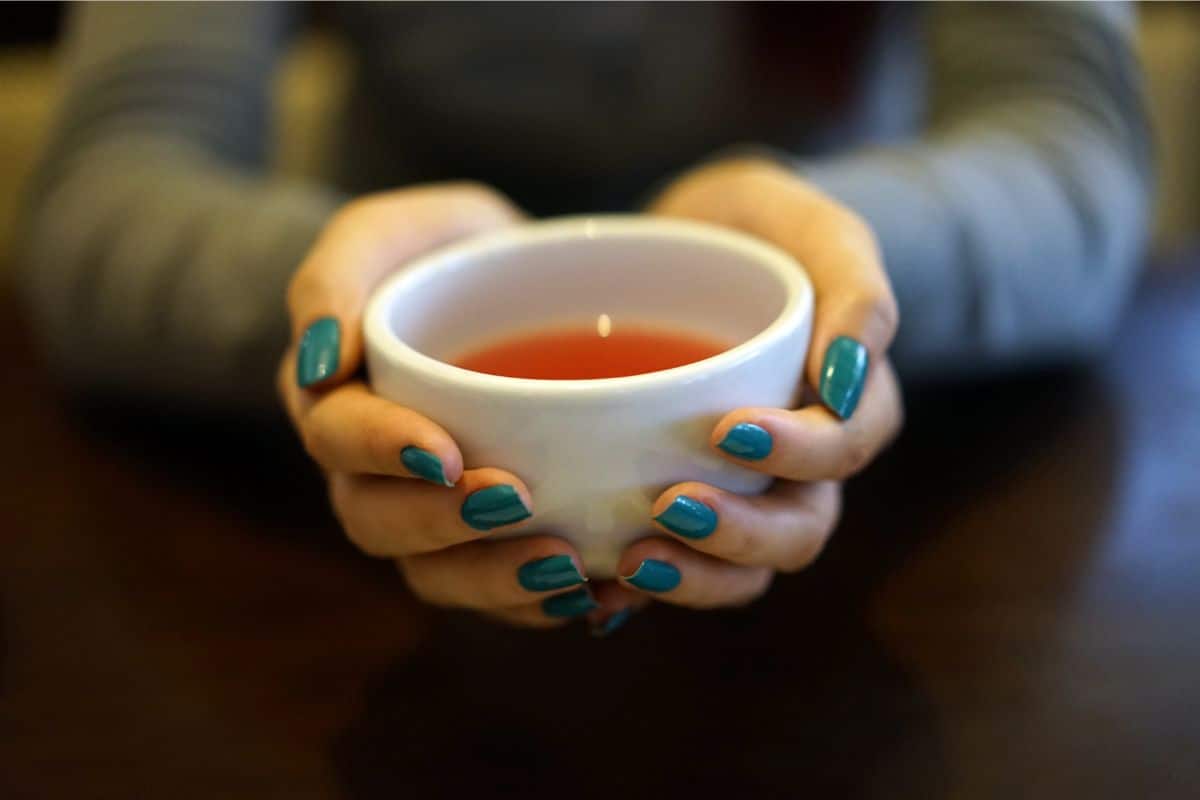
Research by the Sleep Foundation reveals that a significant 94% of Americans consume caffeinated beverages, and 64% do so daily. No wonder we are sleeping poorly. But it turns out what caffeinated beverage you drink makes a difference. Read More.

